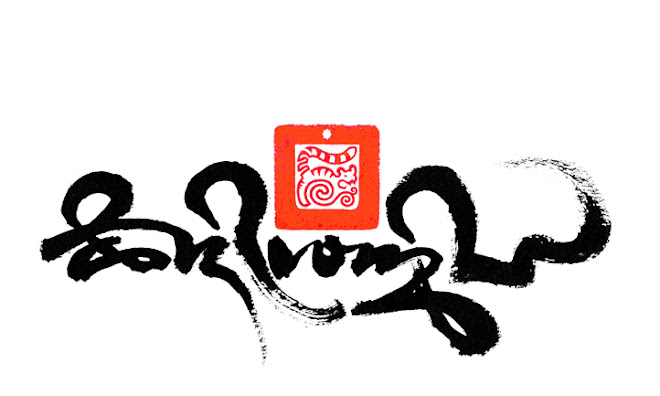
Here's a chance to see in the flesh a few of Tashi's Illuminated iconographic calligraphy pieces, Shown as part of London's first Himalayan festival.
Meet Tashi in person at the opening from 8pm Monday 8th February 2010 at the Nehru Centre, Mayfair.
Himalaya Exhibition combines art and photography to give an introduction to the cultural forces and trends flowing through the present-day Himalayan Region. It remains open from Monday 8th February until the end of the festival. Entry is free.
The landscape and peoples of the Himalaya show an infinite variety, but a young Singaporean photographer, Sam Kang Li, has gone further than most to document them all, having carried his camera through Nepal, India, Pakistan, Afghanistan, and even China. His striking photographs are rooted in humanity and tell us many stories of the Himalaya’s people. Cultural traditions from North and South of the mountains meet here, and this is evident in the work of the three young Himalayan artists who are showing their work at the Exhibition. Tashi Norbu hails from Bhutan, and Govinda Sah “Azad” and “Tene” Garbuja from Nepal. All have trained both at home and in Europe, and the work of each reflects a rich and diverse range of influences, from their native countries, from India, from Tibet, from the sacred and the secular, and from their life experiences. British artist Tashi Mannox is also contributing work to the Exhibition. Trained in Tibetan calligraphy, his beautiful paintings combine classical iconography and script with modern sensibility.



